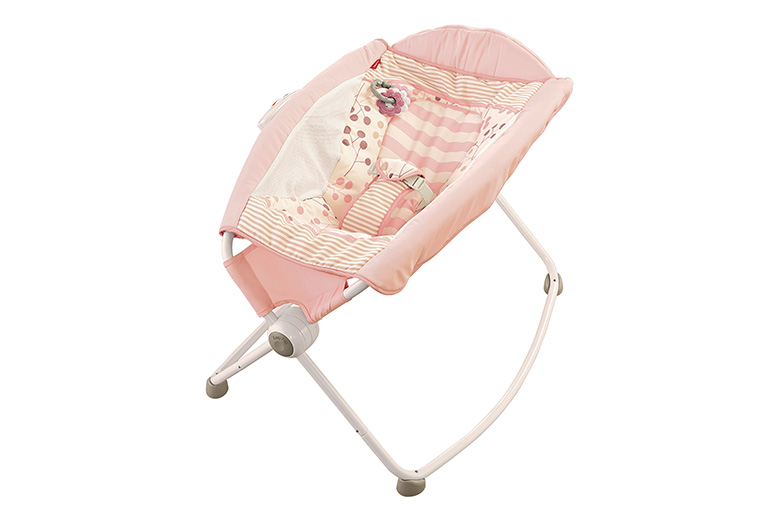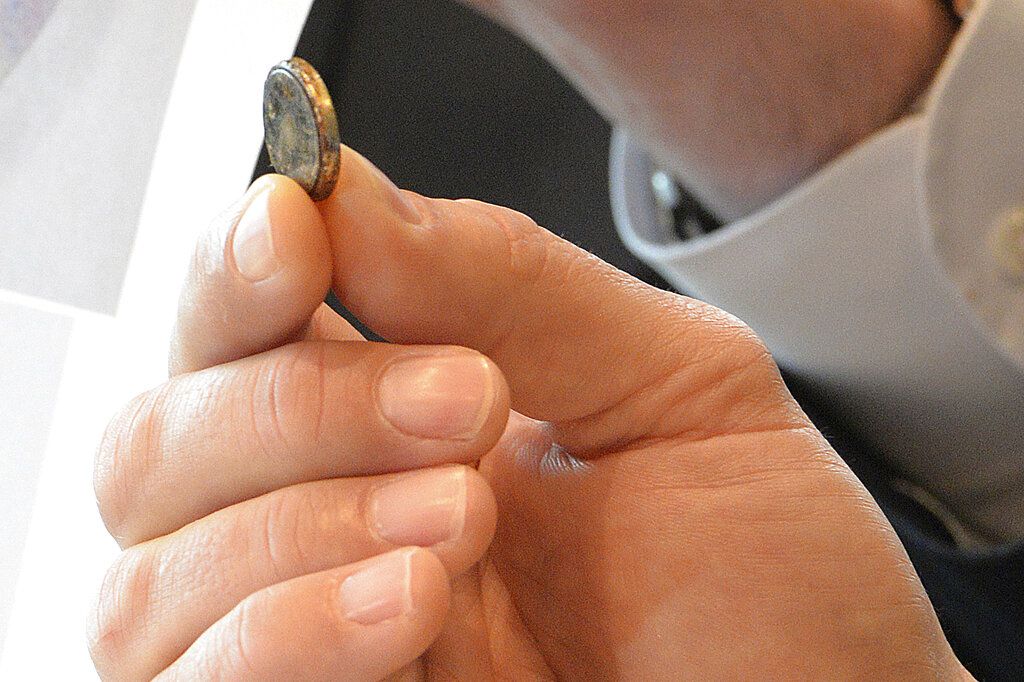By MARTHA IRVINE AP National Writer The number of young Americans watching online videos every day has...
Child Safety
Perrigo Company is issuing a voluntary recall of 35-ounce, 992-gram containers of Parent’s Choice Advantage Infant Formula Milk-Based...
Nearly 5 million infant sleepers have been recalled by the Fisher-Price company following the deaths of more...
By LINDSEY TANNER AP Medical Writer CHICAGO (AP) — The number of young kids who went to...
Amber and Sara are talking about the dangers that can face kids who have free reign on...






